From the ‘leaning tower of pizza’ to an ear of corn sitting on a beach chair, both art and food enthusiasts are in for a real treat, as you can catch some of the quirkiest plastic food sculptures at an art exhibition this week in Tokyo.
After watching many MasterChef episodes, by now we all know that when it comes to food, presentation is always key, and yes that also applies to food that is completely fake. Wait what?
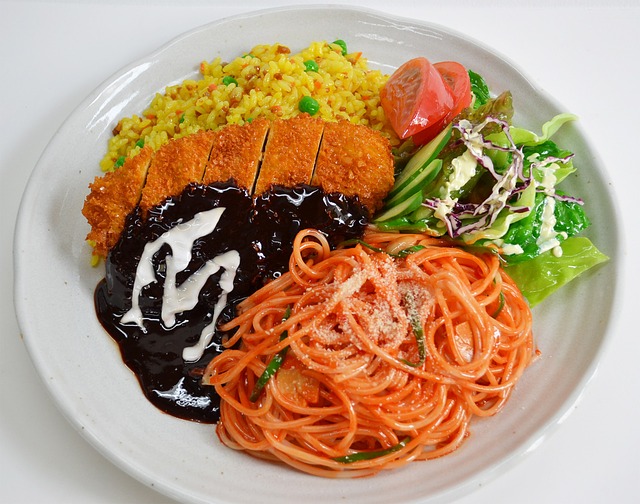
Introducing Japanese food samples products, or in Japanese, ‘shokuhin sampuru” which are common realistic plastic dishes that have been displayed outside of Japanese restaurants for over a century, after stores began using wax models to advertise their menu to a growing middle-class.
The different models are carefully made by hand as it requires meticulous details and extra care in order to fully replicate the real dishes.
"Normally we have to follow orders from clients. We take their views on board when we're making items," plastic food artist Shinichiro Hatasa, 57, told AFP.
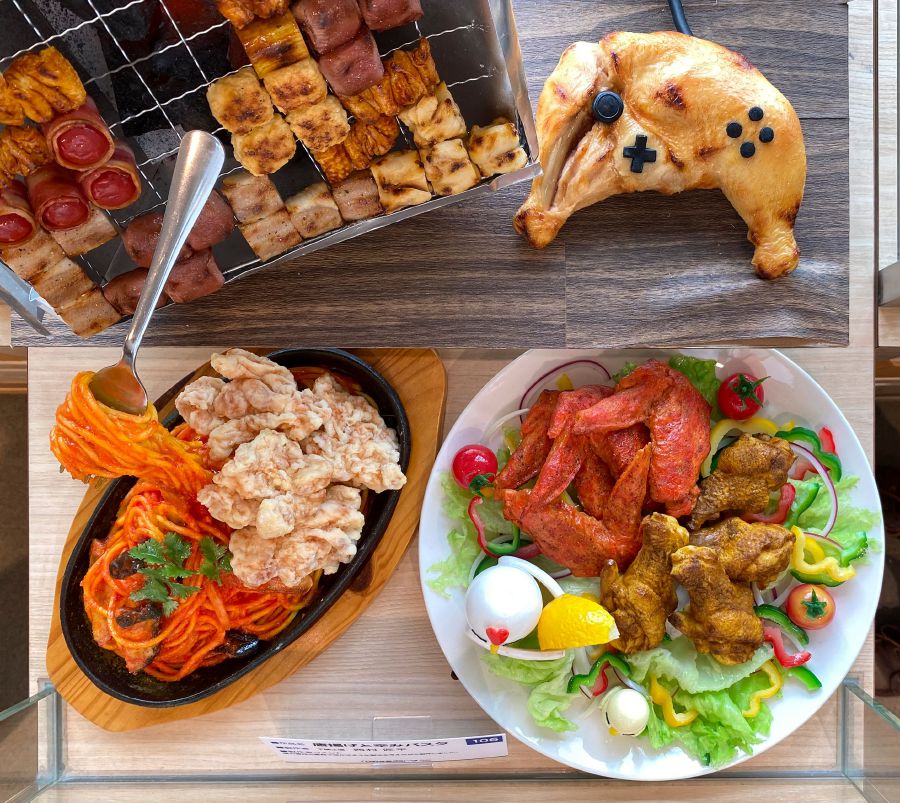
What kinds of food were there at the exhibition?
Around 60 sculptures were on display, some silly but others designed to showcase the artists' formidable skills.
"They are not real, but they look so real. It's wonderful," said exhibition attendee Reiko Ichimaru.
The different sorts of food creations at the exhibition were all handmade by specialists at Iwasaki Group, Japan’s leading maker of “sampuru”, which celebrates its 90th anniversary this year.
Some of the creations included an ear of corn leisurely sunbathing on a beach, and a Japanese breakfast dish of fermented soybeans called natto appeared to spiral in the air, resembling a powerful cyclone – nicknamed, naturally, a “nattornado”.
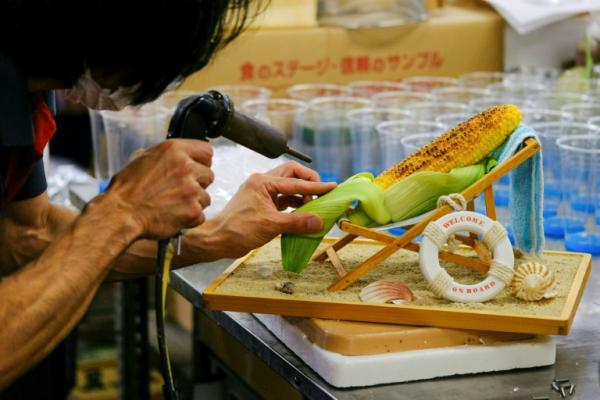
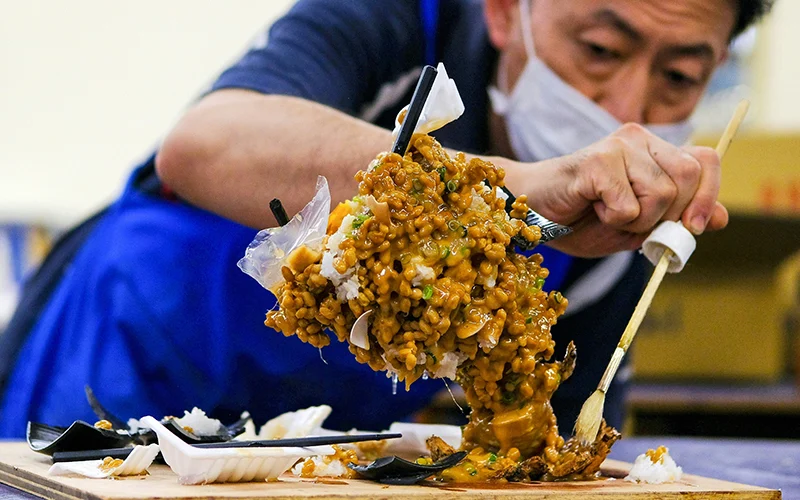
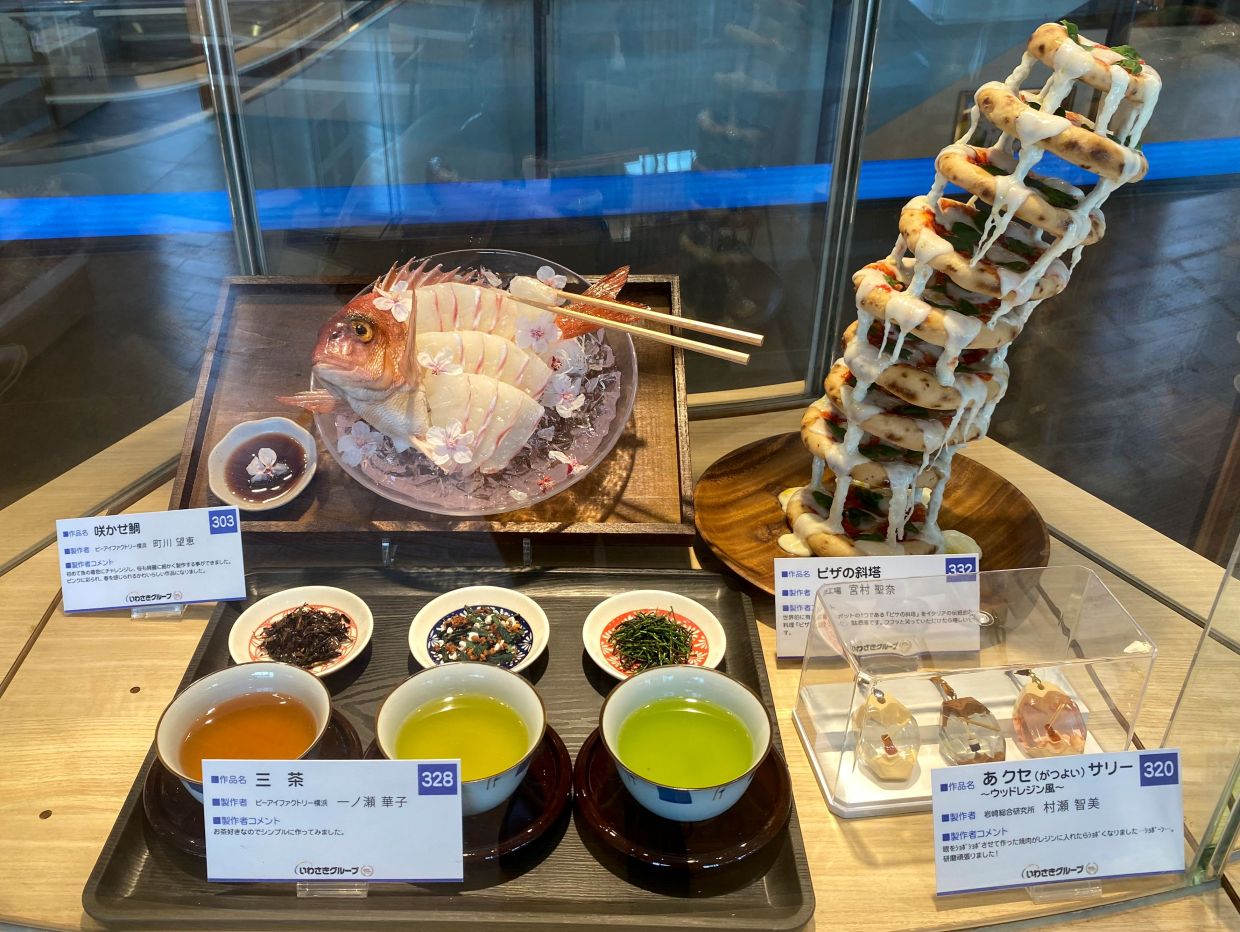
How do they create sampuru?
At Iwasaki factories in Tokyo, artisans first take molds of ingredients from actual meals cooked by the firm’s restaurant clients, and afterwards they begin the meticulous work of decorating the samples to look as realistic as possible, from moisture droplets on the chilled glass to subtle bruises on a fruit’s surface.
“Fresh things are more difficult to make. Fresh vegetables, fresh fish. Cooked items are easier,” because the colours are less complicated, factory head Hiroaki Miyazawa, 44, told AFP. “Hamburger patties are for beginners,” he added.
Check out this video on how Japanese artists make their one-of-a-kind fake food look so edible!
What do you think of these fake food replicas? Do share your thoughts and let us know in the comments.
*Sources: Visual and Reference Credits to Social Media & NST and various cross-references for context.
